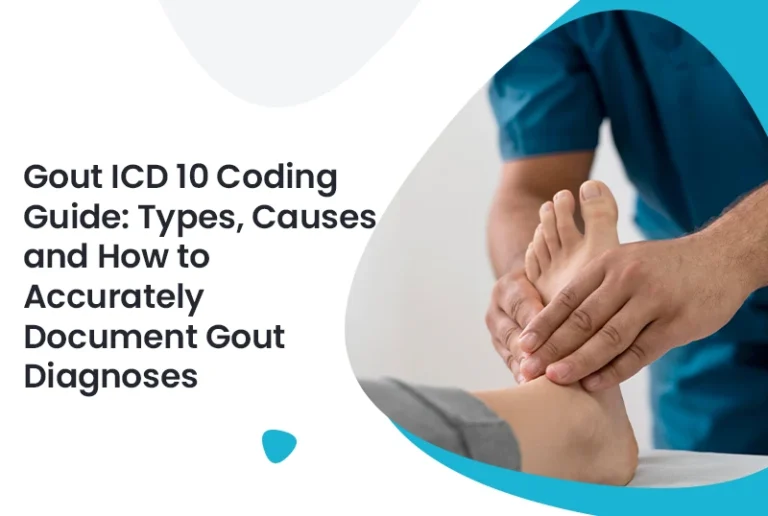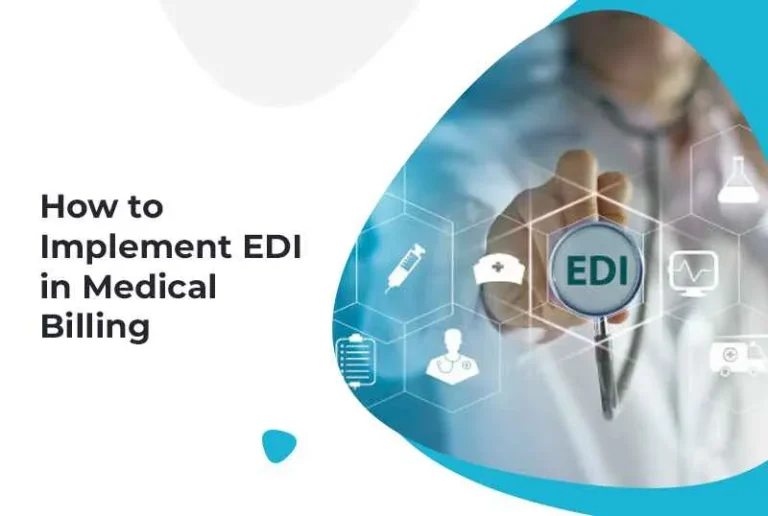In medical billing, every code, modifier, and designation plays a specific role in submitting accurate claims and securing smooth reimbursement. One such important but often misunderstood code is the GV modifier. For healthcare providers serving Medicare patients, understanding the appropriate use of the GV modifier is not optional — it’s essential to ensuring proper reimbursement and avoiding unnecessary denials.
The GV modifier is particularly relevant in cases where a patient has elected hospice care, but is also receiving unrelated services from a non-hospice provider. If used incorrectly, this small two-character code can become a costly mistake, leading to payment delays, rejections, or even audits. For those offering billing services medical, especially to providers treating Medicare beneficiaries, proper modifier usage is a foundational part of clean claims processing.
GV Modifier Meaning in Billing
Medical billers apply the GV modifier to show that a non-hospice physician provided care to a hospice-enrolled patient for an unrelated condition. Medicare requires this information to determine whether it is responsible for paying for the service.
The modifier informs Medicare that the claim falls outside of hospice coverage, even though the patient is in a hospice program. This is critical because Medicare typically consolidates hospice-related expenses under the hospice provider’s payments. Without the GV modifier, unrelated services from outside physicians may be rejected or denied for payment.
Common Use Case Example
Imagine a patient who is receiving hospice care for stage IV pancreatic cancer. One day, the patient visits their long-time cardiologist for management of atrial fibrillation — a chronic condition unrelated to the terminal cancer diagnosis.
Since the cardiologist is not employed by the hospice agency and the visit pertains to a condition not related to the terminal illness, the provider must include the GV modifier when billing Medicare. This modifier clearly signals that the services were outside the scope of the hospice care plan.
Medicare Guidelines for GV Modifier
Medicare has specific rules for when the GV modifier should be used. To use it appropriately:
- The patient must be enrolled in hospice.
- The provider must not be employed by or paid through the hospice agency.
- The service must be medically necessary and unrelated to the terminal diagnosis.
Failure to meet any of these criteria could lead to a denied claim. These rejections often happen due to insufficient documentation or incorrect assumptions about modifier use. This is why proper training and expert support in healthcare revenue cycle management is vital for any medical office working with Medicare.
GV Modifier vs. GW Modifier
One of the biggest challenges in billing for hospice patients is distinguishing between the GV and GW modifiers. Here’s a quick comparison to clarify their usage:
| Modifier | Who Uses It | Purpose |
| GV | Non-hospice providers | Service unrelated to terminal illness |
| GW | Hospice-employed providers | Service unrelated to terminal illness |
The key difference lies in who is rendering the service. If the provider is employed by the hospice, use GW. If not, use GV. Incorrect use can flag the claim for denial or further review.
Importance of Documentation
To protect against payment issues, it’s essential to back up the GV modifier with appropriate medical documentation. Ensure your notes include:
- Confirmation that the patient is enrolled in hospice.
- Evidence that the provider is unaffiliated with the hospice program.
- A clear diagnosis that supports the service being unrelated to the terminal illness.
Medicare auditors frequently scrutinize claims involving hospice patients. Any vague or conflicting information can lead to delays or denials.
Common Billing Errors with GV Modifier
Here are the most frequent mistakes medical billers make when using the GV modifier:
- Incorrect assumption about provider status
Just because a provider works in the same hospital system as the hospice does not mean they are employed by the hospice. - Not documenting unrelated services clearly
If the provider’s documentation is weak or ambiguous, it may appear that the service is related to the terminal diagnosis. - Using the GV modifier unnecessarily
If the provider is part of the hospice agency, the GV modifier should not be used — even if the service is unrelated.
These mistakes are avoidable with clear policies and efficient processes. This is where outsourcing to professional credentialing services can play a significant role in maintaining accuracy and compliance.
Billing Tips for Clean GV Modifier Claims
To reduce claim rejections and speed up reimbursement:
- Confirm hospice enrollment status before submitting the claim.
- Identify provider affiliation clearly — document if the physician is not part of the hospice team.
- Use the GV modifier only when the service is medically necessary and unrelated.
- Include diagnosis codes that clearly reflect unrelated conditions.
- Train staff and physicians regularly on modifier policies.
Using practice management software and electronic health records (EHRs) that flag hospice status and modifier eligibility can streamline this process.
How the GV Modifier Affects Reimbursement
Incorrect modifier use not only causes claim denials but can also trigger audits and compliance reviews. Even a small volume of errors can lead to significant revenue loss over time. For providers treating hospice patients regularly, the financial risk is high.
Accurate GV modifier usage leads to:
- Faster claim approvals
- Lower denial rates
- Better cash flow
- Reduced need for resubmissions
- Fewer compliance red flags
Working with a knowledgeable partner like Precision Hub can optimize your modifier use, reduce billing errors, and improve long-term practice profitability.
Conclusion
The GV modifier is a simple yet powerful tool in the Medicare billing process. It ensures that services unrelated to a hospice patient’s terminal condition are properly recognized and reimbursed. However, its use requires attention to detail, solid documentation, and a deep understanding of Medicare rules.
As billing complexities grow, many healthcare practices turn to expert RCM teams like Precision Hub to take charge of billing compliance and modifier accuracy. Our team supports your practice with billing services medical, healthcare revenue cycle management, and credentialing services to ensure compliance and accelerate payments.
Understanding and applying the GV modifier properly protects your revenue, reduces administrative burden, and strengthens your billing process — one claim at a time.
FAQs (Frequently Asked Questions)
1. What is the GV modifier used for?
It indicates that a service was provided by a non-hospice provider to a hospice-enrolled patient for an unrelated condition.
2. When should I use the GV modifier?
Use it when the patient is in hospice, the provider is not affiliated with hospice, and the service is unrelated to the terminal illness.
3. Can the GV modifier be used with E/M services?
Yes, it can be used with evaluation and management services, as long as the criteria are met.
4. Is the GV modifier only for physicians?
It applies primarily to physician and non-physician practitioner claims billed under Medicare Part B.
5. What happens if I don’t use this when required?
Claims may be denied, delayed, or flagged for review, which can disrupt reimbursement flow.







